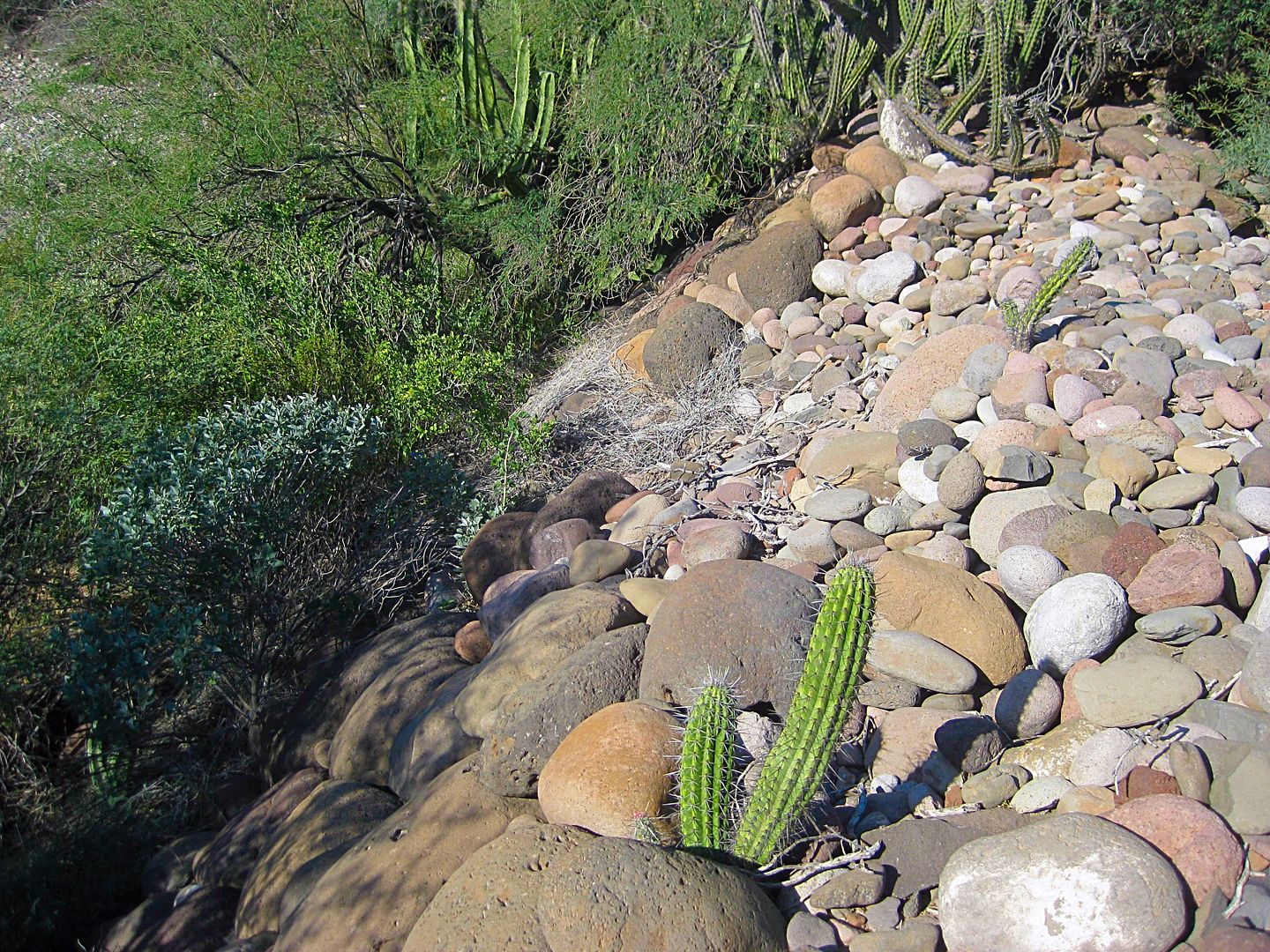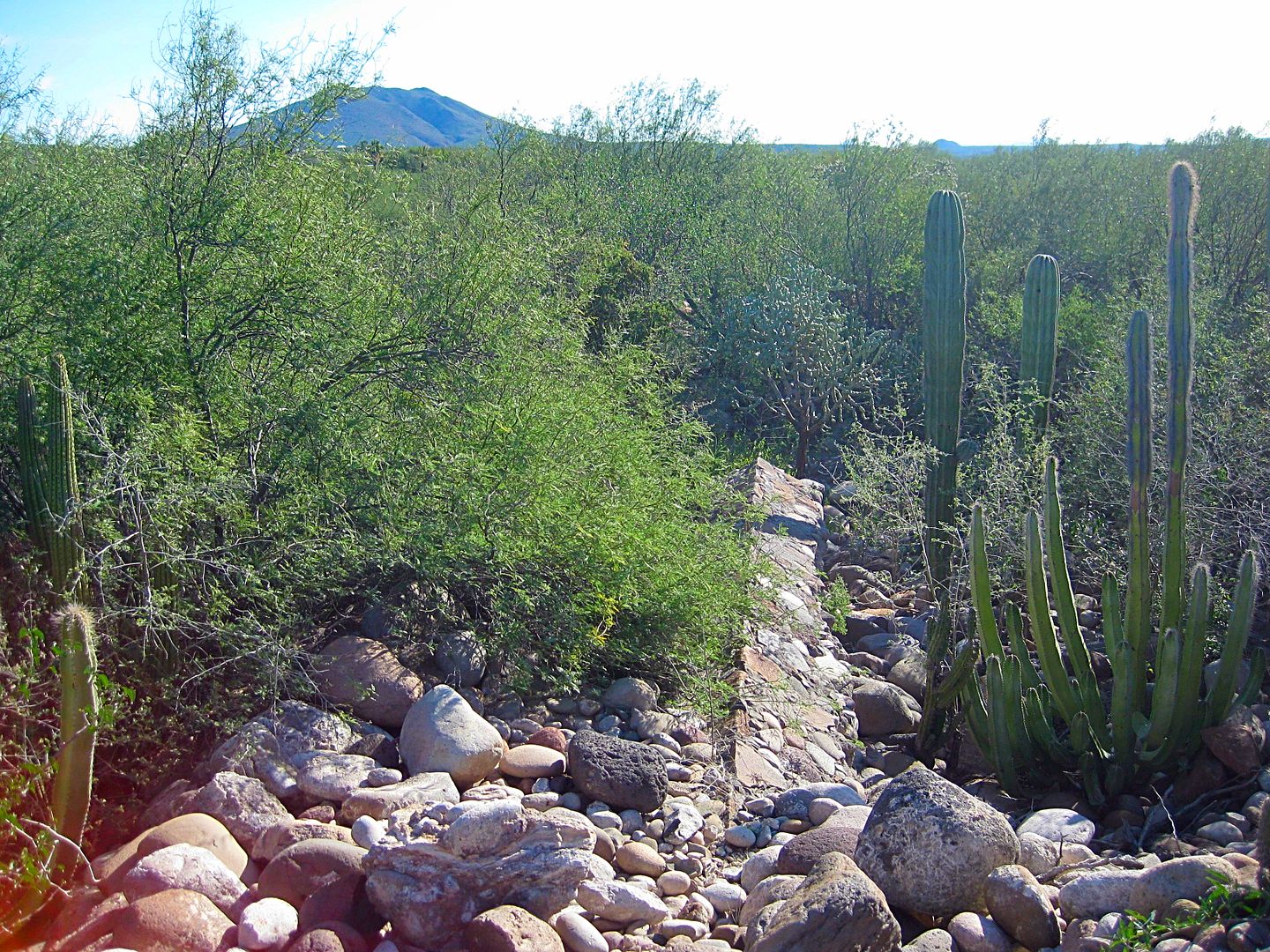Quote: Originally posted by woody with a view  | I wonder how much they paid the workers for each rock deposited? Three miles long, 12 feet high and 40 feet thick equals enough rocks to for someone
to retire a rich man!!!
|
Paid? Workers? Funny!
The padre who commissioned the work (Jos� Rotea) was in charge at San Ignacio from 1759 to 1768. The mission was founded in 1728, so the Indians
were 2nd or 3rd generation neophyte Christians and probably knew little of their ancestors pre-mission life not working for the church, king, God.
It was a mission-community action to prevent floods from destroying their fields where food was grown. The same is true of the hundreds of miles of
roads built in the 1700s called El Camino Real, particularly the switchbacks down mountainsides.
It may not have been "politically correct" in today's world, but that is how such things in (Baja) California were built 250 years ago.
|












